Interview with Monidipa Fouzder
This year marks the 10th anniversary of the Government Legal Department. Speaking to me at GLD’s London headquarters at 102 Petty France, Treasury Solicitor Susanna McGibbon KC explains that before 2015, there were lots of legal teams within government departments. ‘People were employed by their department. Everyone would be on different pay scales across different departments. The Government Legal Service existed as a virtual community.’
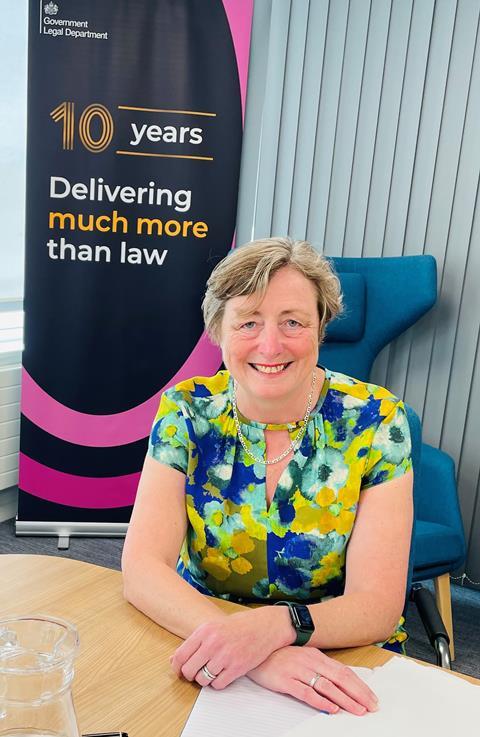
Sir Paul Jenkins, McGibbon’s predecessor but one, ‘saw the benefits of all government legal teams being formally under one umbrella’. It ‘would enable us to formally join up more to achieve greater consistency, both in terms of the legal support we’re providing and importantly career development support to our lawyers’.
Jenkins was supported by Cabinet Office minister Francis Maude’s cross-government initiative to increase shared services.
On 1 April 2015, what we now know as the Government Legal Department was born.
Asked how GLD looks now compared to day one, McGibbon says a notable difference is the size of the commercial law group. ‘Previously, we had one or two commercial lawyers in each departmental team. We brought them together to develop that specialism as a much more cohesive cross-government function.
‘In cultural terms, we have made a lot of progress joining up the culture and creating the concept of “One GLD”. So we have people advising different government departments who feel committed and want to do business for that department, but are rooted in GLD.’
On GLD’s biggest achievements over the last decade, McGibbon praises the way the organisation responded to Brexit. The vote took place in 2016. ‘Immediately, an enormous amount of legal work was required on that. Because we were one organisation, we were able very quickly to concentrate our response and prepare across the various legal teams that needed to be involved.’
Had Brexit happened before GLD was created, ‘everyone would have tried to collaborate and cooperate, but it would have been difficult to identify a single convening mind’.
Brexit led to litigation. While the government was not always successful, ‘I’m confident the government got the best legal support that they could. That was a major achievement’.
McGibbon also praises the GLD’s response to the Covid pandemic. ‘Things were moving so rapidly during Covid, medical and risk assessments were going at such a pace, we were able to convene very rapidly the relevant lawyers and make sure we had a response to the latest risk assessments and make sure that was reflected in the regulations.’
The fact GLD was one team meant the burden did not fall on one particular group, McGibbon adds. ‘We could share expertise and make sure lawyers helping to draft highly invasive regulations could get support from a colleague to give them a bit of respite.’
The conversation turns to ‘National GLD’, a strategic priority for the organisation. How is it going? ‘It’s going brilliantly. I’m so proud of it,’ McGibbon says. ‘The atmosphere in our offices in Bristol, Leeds, Manchester and Croydon is really vibrant. We’re almost up to capacity on the actual physical space we have.’
National GLD is not just about what happens in the office, McGibbon adds, ‘but the way in which the teams engage with the legal sector locally. We have got really good strong relationships with the local community and local law societies in each of these places’.
She says: ‘Our commitment is that virtually any job in GLD can be done from any of our locations at any grade or level of seniority without having to up sticks and family.’ The regional hubs have enabled GLD to ‘dip into the talent pool locally’. While London ‘is the most diverse of cities’, McGibbon recognises that it is an expensive city to live in.
This leads me to ask about 102 Petty France. The Cabinet Office recently announced that the building will close as part of the government’s agenda to make the civil service less London-centric.
What will happen to London-based staff? ‘We’re maintaining a legal presence in central London as part of the Whitehall Campus programme,’ says McGibbon. ‘The idea is that the civil service will reduce the number of buildings it is in. But we have secured space for as much as we need based on current numbers.’
London-based staff will move to buildings in King Charles Street and Government Offices Great George Street in 2028.
I conclude by asking what McGibbon hopes GLD will look like in 2035. ‘I would want GLD to look as modern as the most modern legal firm.’ The opportunities technology has to offer will enable GLD lawyers to spend their ‘valuable time on the knottiest legal issues facing the government of the day’. And GLD will look even more diverse than it does today.

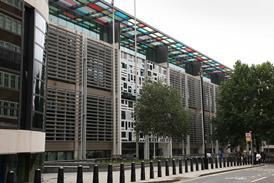
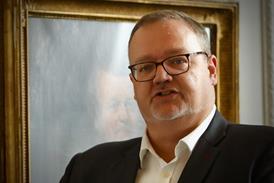
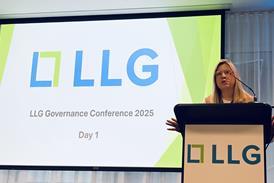


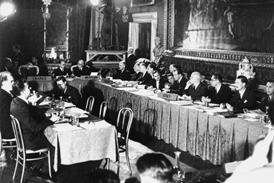


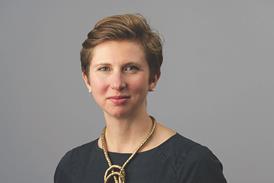


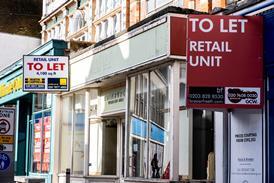

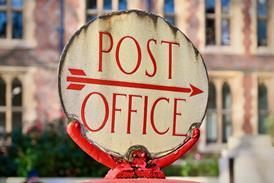





















No comments yet